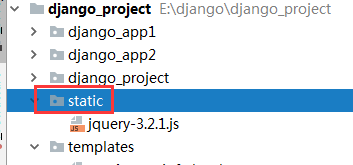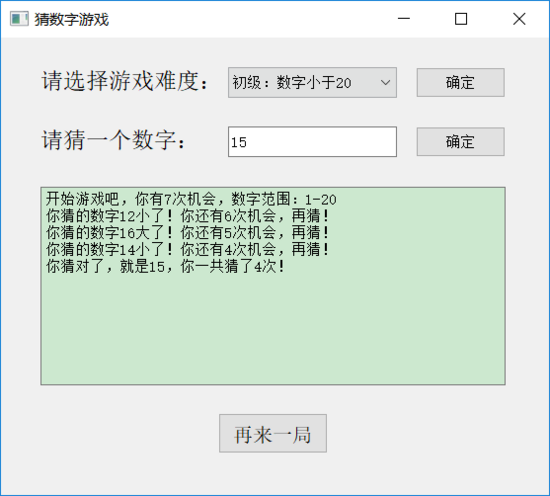Python中functools模块的常用函数解析
1.partial
首先是partial函数,它可以重新绑定函数的可选参数,生成一个callable的partial对象:
>>> int('10') # 实际上等同于int('10', base=10)和int('10', 10)
10
>>> int('10', 2) # 实际上是int('10', base=2)的缩写
2
>>> from functools import partial
>>> int2 = partial(int, 2) # 这里我没写base,结果就出错了
>>> int2('10')
Traceback (most recent call last):
File "<stdin>", line 1, in <module>
TypeError: an integer is required
>>> int2 = partial(int, base=2) # 把base参数绑定在int2这个函数里
>>> int2('10') # 现在缺省参数base被设为2了
2
>>> int2('10', 3) # 没加base,结果又出错了
Traceback (most recent call last):
File "<stdin>", line 1, in <module>
TypeError: keyword parameter 'base' was given by position and by name
>>> int2('10', base=3)
3
>>> type(int2)
<type 'functools.partial'>
从中可以看出,唯一要注意的是可选参数必须写出参数名。
2.update_wrapper
接着是update_wrapper函数,它可以把被封装函数的__name__、__module__、__doc__和 __dict__都复制到封装函数去:
#-*- coding: gbk -*- def thisIsliving(fun): def living(*args, **kw): return fun(*args, **kw) + '活着就是吃嘛。' return living @thisIsliving def whatIsLiving(): "什么是活着" return '对啊,怎样才算活着呢?' print whatIsLiving() print whatIsLiving.__doc__ print from functools import update_wrapper def thisIsliving(fun): def living(*args, **kw): return fun(*args, **kw) + '活着就是吃嘛。' return update_wrapper(living, fun) @thisIsliving def whatIsLiving(): "什么是活着" return '对啊,怎样才算活着呢?' print whatIsLiving() print whatIsLiving.__doc__
结果:
对啊,怎样才算活着呢?活着就是吃嘛。 None 对啊,怎样才算活着呢?活着就是吃嘛。 什么是活着
不过也没多大用处,毕竟只是少写了4行赋值语句而已。
3.wraps
再有是wraps函数,它将update_wrapper也封装了进来:
#-*- coding: gbk -*- from functools import wraps def thisIsliving(fun): @wraps(fun) def living(*args, **kw): return fun(*args, **kw) + '活着就是吃嘛。' return living @thisIsliving def whatIsLiving(): "什么是活着" return '对啊,怎样才算活着呢?' print whatIsLiving() print whatIsLiving.__doc__
结果还是一样的:
对啊,怎样才算活着呢?活着就是吃嘛。 什么是活着
4.total_ordering
最后至于total_ordering函数则给予类丰富的排序方法,使用装饰器简化了操作。如果使用必须在类里面定义一个__lt__(),__le__(), __gt__(), 或__ge__()。应该给类添加一个__eq__() 方法。
from functools import total_ordering
@total_ordering
class Student(object):
def __init__(self, name):
self.name = name
def __eq__(self, other):
return self.name.lower() == other.name.lower()
def __lt__(self, other):
return self.name.lower() < other.name.lower()
a = Student('dan')
b = Student('mink')
print a > b
print a
print sorted([b, a])
打印结果
False <__main__.Student object at 0x7f16ecb194d0> [<__main__.Student object at 0x7f16ecb194d0>, <__main__.Student object at 0x7f16ecb195d0>]

